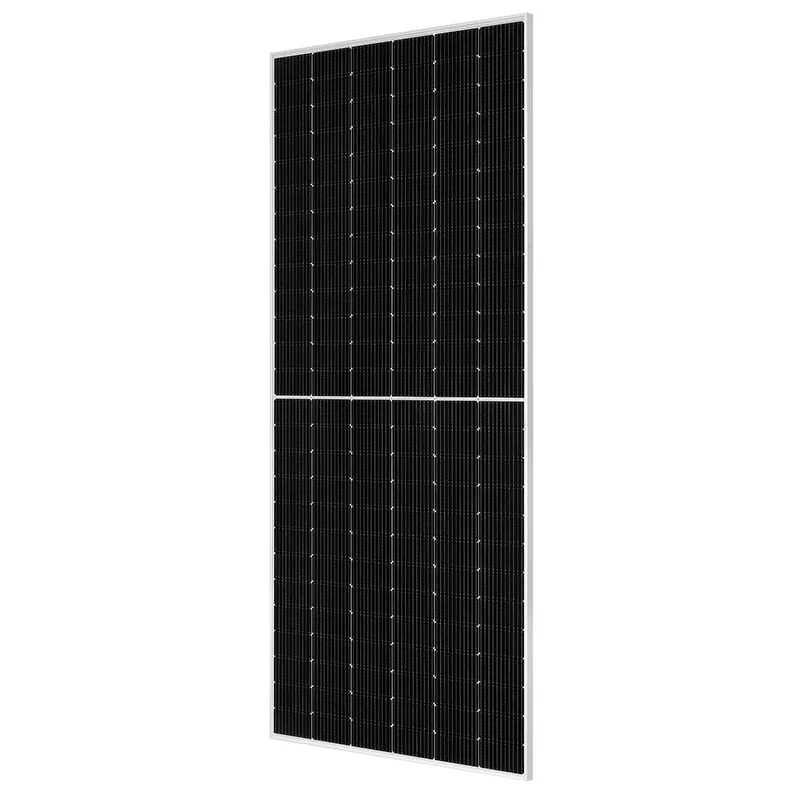Understanding the Typical Costs Involved in Installing Solar Panels for Your Home
Understanding the Average Cost of Solar Panels A Comprehensive Overview
In recent years, renewable energy sources have taken center stage in discussions about sustainable living and environmental consciousness. Among these sources, solar energy has garnered significant attention due to its potential to reduce utility bills, decrease carbon footprints, and enhance energy independence. One of the most critical factors influencing the adoption of solar energy is the cost of solar panels. In this article, we will explore the average cost of solar panels, the factors that affect these costs, financing options available, and the long-term savings associated with solar energy.
Average Cost of Solar Panels
As of 2023, the average cost of solar panels in the United States is approximately $3 to $4 per watt before any tax credits or incentives are applied. Thus, for a standard 6-kilowatt (kW) residential solar system, the price typically ranges from $18,000 to $24,000. After factoring in federal tax credits, which can reduce the overall cost by 26%, the net price can drop significantly. This means homeowners can expect to pay between $13,320 to $17,760 after incentives.
It’s important to note that the solar panel market is continually evolving. Over the past decade, the installation costs have dropped significantly—by nearly 70%—making solar energy increasingly accessible to the average homeowner.
Factors Influencing Costs
Several factors can influence the cost of solar panels, including
1. Type of Solar Panel There are primarily three types of solar panels—monocrystalline, polycrystalline, and thin film. Monocrystalline panels are typically the most efficient but come at a higher price, while polycrystalline panels are more affordable but slightly less efficient. Thin-film panels are the least expensive but often require more space for installation.
2. Installation Costs These can vary based on the complexity of the installation and the geographic location. Urban areas might experience higher installation costs due to increased labor rates and permit requirements.
3. System Size The size of the system directly affects the total cost. Larger systems tend to have a lower cost per watt due to economies of scale, whereas smaller systems may have higher costs per watt.
4. Inverter Costs Inverters, which convert the direct current (DC) produced by solar panels into alternating current (AC) used by household appliances, are an essential component of a solar energy system. The choice between string inverters and microinverters can impact the overall price.
average cost of solar panels

5. Additional Equipment Costs can also accumulate from other components such as racking, wiring, and monitoring systems, which might be necessary for specific installations.
Financing Options
For many homeowners, the upfront cost of solar panels can be daunting. However, there are several financing options available that can make solar energy more attainable
- Solar Loans These allow homeowners to pay for their solar system over time through monthly payments rather than a significant one-time payment.
- Leasing In a solar lease, homeowners can install solar panels at little to no upfront cost, paying only for the electricity produced. However, they do not own the system, which means they miss out on certain tax benefits.
- Power Purchase Agreements (PPAs) Similar to leases, PPAs involve a third-party company installing solar panels and homeowners purchasing electricity at a fixed rate, often lower than their local utility rates.
Long-Term Savings and Environmental Impact
Despite the initial cost, solar panels can offer significant long-term savings. Homeowners can expect their energy bills to decrease or even eliminate them altogether, contributing to substantial savings over time. In many cases, solar systems have a payback period of 5 to 7 years, after which the energy generated can essentially be considered free.
Moreover, the environmental benefits of solar energy cannot be overstated. By opting for solar power, homeowners contribute to reducing greenhouse gas emissions, thus playing a role in combating climate change.
Conclusion
The average cost of solar panels may seem high initially, but when broken down into long-term savings, environmental benefits, and financing options available, it becomes evident that solar energy is a worthwhile investment. As technology continues to evolve and costs decrease further, solar energy will likely become a more prominent and viable option for households and businesses alike, paving the way toward a more sustainable future.
-
String Solar Inverter: The High-Efficiency Solution for Smart Solar EnergyNewsJul.14,2025
-
Revolutionizing Rooftop Energy with the Power of the Micro Solar InverterNewsJul.14,2025
-
Power Independence with Smart Off Grid Solar Inverter SolutionsNewsJul.14,2025
-
On Grid Solar Inverter: Powering the Future with Smart Grid IntegrationNewsJul.14,2025
-
Monocrystalline Solar Panels: High-Efficiency Power for the Future of Clean EnergyNewsJul.14,2025
-
Bifacial Solar Panel: A Smarter Investment for Next-Generation Energy SystemsNewsJul.14,2025







